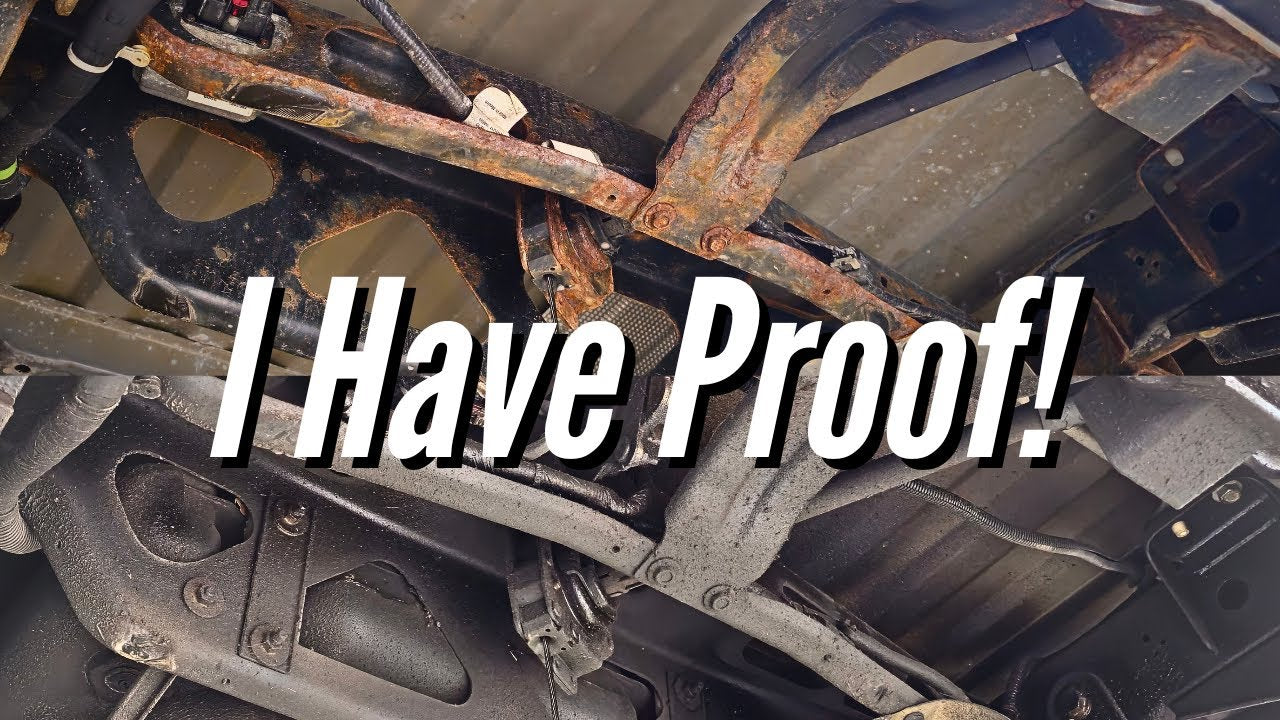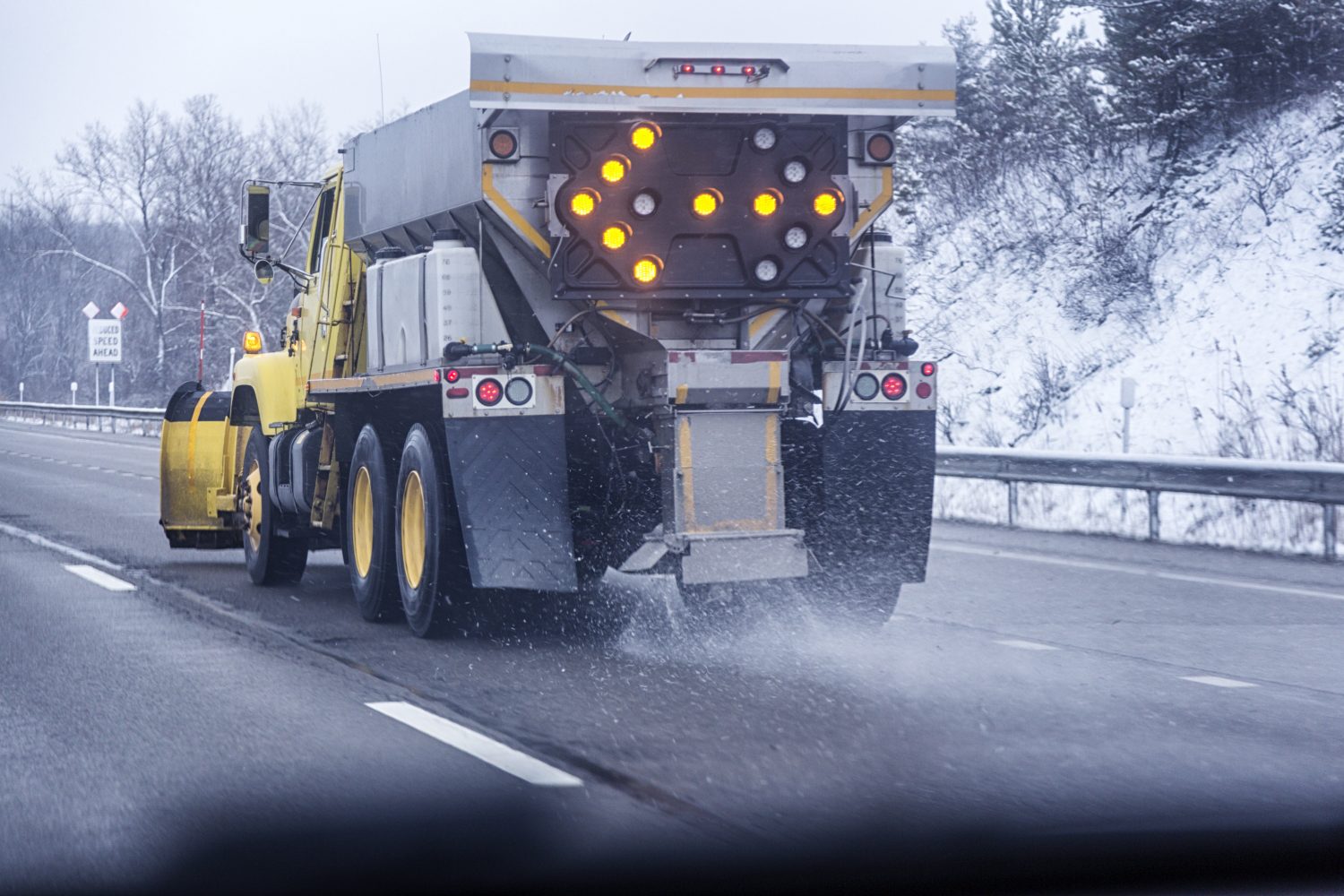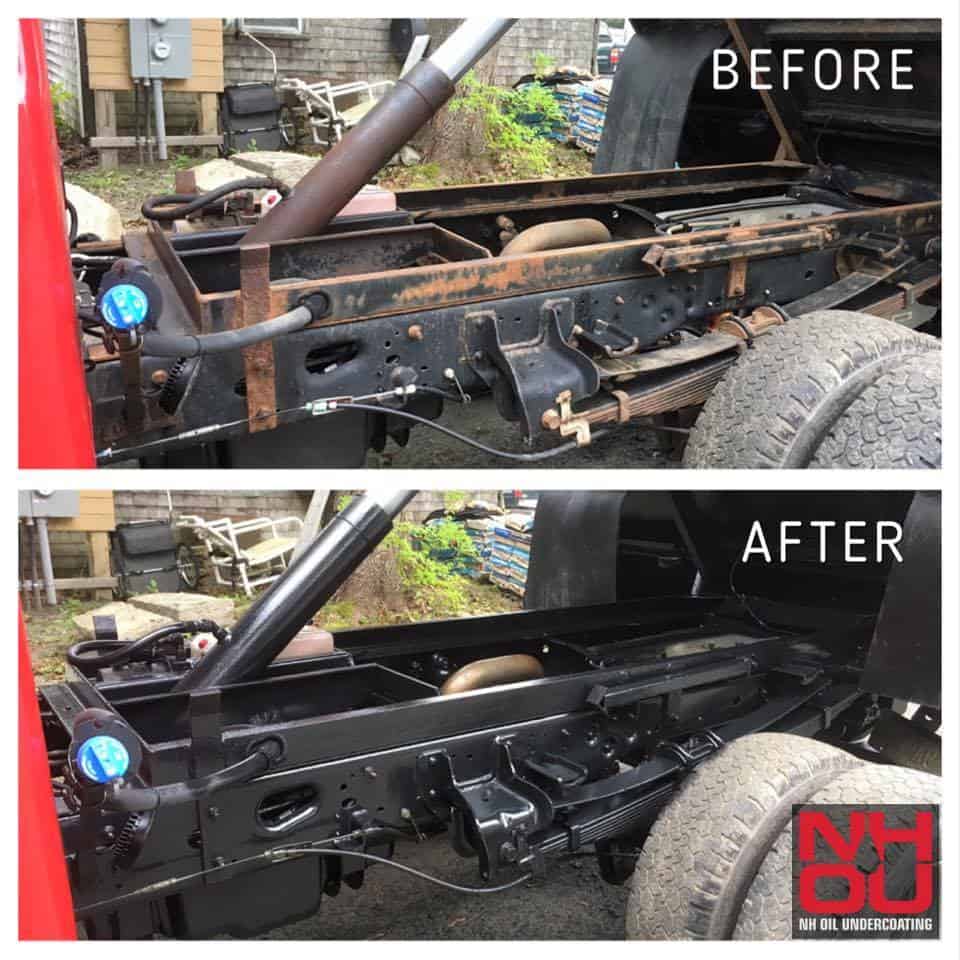

Winter might bring cozy fires and fresh powder, but for truck owners, it’s also the start of rust season. Once the road crews fire up their salt spreaders, your truck’s undercarriage becomes ground zero for corrosion. Every puddle, every patch of slush, every salty snow melt splash starts eating away at that factory finish.
It’s slow, sneaky, and inevitable—unless you take steps to protect your rig before the first freeze. That’s where truck undercoating and protective sprays come into play. Whether you’re a weekend DIYer or you prefer to drop it off at the shop, there’s a product out there that’ll help your truck survive the harshest winters without turning into a flaky mess by spring.
If you’ve ever washed your truck in January and noticed orange spots starting to bloom near the frame or fender wells, that’s the salt working its magic. Road salt and brine mixtures are corrosive by design—they melt ice by lowering the freezing point of water. Unfortunately, that same chemical reaction accelerates oxidation on your truck’s exposed metal surfaces.
Once salt and moisture settle into seams, welds, and hidden areas, it doesn’t take long before rust starts to creep. And here’s the kicker: modern vehicles use thinner metal and more complex underbody designs, meaning there are more areas for rust to start and less natural resistance to it.
A solid undercoating doesn’t just protect the frame—it shields brake lines, crossmembers, suspension arms, bed supports, and even wiring harness brackets. Think of it as a winter jacket for your truck’s bones.
Lanolin-based undercoatings have exploded in popularity over the past decade—and for good reason. These sprays use lanolin (the natural oil found in sheep’s wool) as a base, which is naturally water-repellent and corrosion-resistant.
How It Works:
Lanolin soaks into seams, joints, and pores in the metal, creating a flexible, moisture-displacing film. Unlike hard coatings, it doesn’t dry or crack, so it continues to “creep” into hidden areas long after application.
Pros:
Non-toxic, biodegradable, and safe to apply in your driveway (probably worth putting a tarp down though!).
Penetrates into areas where traditional coatings can’t reach.
Doesn’t trap moisture or peel.
Easy to reapply—no sanding or stripping required.
Cons:
Needs to be reapplied annually or semi-annually.
Can attract dust and dirt since it remains soft.
Popular Choices:
Woolwax: Thicker, longer-lasting, and less likely to drip—perfect for DIY applications.
Fluid Film: Slightly thinner and more readily available, great for colder climates.
Surface Shield: Similar to Fluid Film
Best For: Daily drivers, older trucks, and anyone who wants a clean, non-permanent rust prevention option. Buy the gallon and a spray gun with multiple extensions for hard to reach areas, the cans clog up!)
Oh, and here's a little tip. If your frame is looking a little worse for wear, you can mix in powdered graphite to "dye" your undercoating black. It'll make your truck look factory fresh! 
These are similar in concept to lanolin products but are usually petroleum-based. They work by seeping into joints and seams, displacing water, and forming a protective barrier.
Pros:
Cost-effective and easy to find.
Excellent for annual applications before winter.
Penetrates rust and slows its progression.
Cons:
Shorter lifespan than lanolin (typically 6–12 months).
Can drip for several days after application.
Popular Brands: NH Oil Undercoating, Amsoil HD Metal Protector< used motor oil (yes, people do it!)
Best For: Seasonal use or as a first-step treatment on older, slightly rusty vehicles.
If you’ve ever seen a freshly sprayed black underbody that looks sealed tight, you’re probably looking at a rubberized undercoating. These create a hard, physical barrier between your truck and the elements.
How It Works:
Once sprayed on, the coating dries to a thick, rubbery layer that prevents moisture, salt, and rocks from touching the metal surface.
Pros:
Excellent sound deadening.
Long-lasting—can protect for several years.
Great for high-impact areas like wheel wells or rocker panels.
Cons:
If applied over even a hint of moisture or rust, it can trap corrosion underneath.
Hard to inspect the metal once applied.
Difficult to remove if future repairs are needed.
Best For: Newer trucks, off-road builds, and owners who don’t plan to frequently reapply coating.
Popular Products: 3M Professional Rubberized Undercoating, Eastwood Heavy Duty
Wax-based coatings are somewhere between lanolin and rubberized formulas. They start as a liquid spray, creep into tight spaces, and then dry to a waxy film.
Pros:
Stronger and longer-lasting than oils.
Won’t drip or run after application.
Provides excellent resistance to road salt and moisture.
Cons:
Can become brittle in extreme cold.
Still benefits from yearly touch-ups.
Popular Brands: Cosmoline RP-342, Waxoyl
Best For: Moderate climates or trucks that see highway miles but not extreme off-road abuse
Here’s the good news: you can absolutely do this yourself. I took a few hours this past weekend and undercoated my truck with PB Blaster Surface Shield, and while it was tedious , it was not difficult. I dumped some powdered graphite into my gallon and mixed it with a drill mixer, my 2013 crusty frame looks black, like new again!
Lanolin and oil-based coatings are the most DIY-friendly options on the market. A gallon of Woolwax or Fluid Film, a compressor, and a spray gun with a wand attachment are all you need. A gallon will be MORE than enough for a truck and touch up! I did my GMC Canyon extensively, with enough leftover to do a good base on my 2013 Silverado 2500hd long box (thats a lot of truck to coat!)
If you’re going for a hard, rubberized or wax-based product, though, it’s often better to leave it to the pros. Shops can lift your vehicle, steam-clean the underside, and spray with even coverage. They also have access to commercial-grade formulations that last longer and drip less.
DIY Tips:
Let it dry completely—moisture is the enemy.
Mask off exhaust components, brakes, and any moving parts.
Spray a light, even coat, focusing on seams, welds, and brackets.
Let it cure or set for 24 hours before driving. Itll stink, but the smell will fade in a day or two.
Done right, even a simple lanolin treatment can keep your undercarriage rust-free through the harshest winter conditions.
For lanolin and oil-based coatings, once a year—ideally in the fall before the salt trucks roll out—is a good rule of thumb.
For rubberized or wax-based coatings, reapplication every 2–3 years is common.
If you drive on salted roads daily or do a lot of off-roading, inspect the coating mid-winter and touch up as needed. Areas near wheel wells and the front suspension take the most abuse.
While your undercarriage takes the brunt of winter corrosion, don’t forget the rest of the truck. Bedliners, rocker coatings, and even body panel protection can make a big difference in long-term durability.
Bedliners: Spray-in coatings like Line-X or Rhino Lining seal the bed from moisture and abrasion, preventing rust under toolboxes, snow, or ice.
Body Coatings: Rocker panel protection using products like Raptor Liner adds a textured finish that’s both rugged and corrosion-resistant.
Fasteners and Accessories: Even small components can rust first—bolts, tie-downs, and brackets. Upgrading to stainless or coated hardware helps eliminate future issues.
At BuiltRight Industries, we’ve built our reputation on products that work as hard as the trucks they’re installed on. Every mounting system, Tech Plate, and Bedside Rack System we make is designed from precision-cut steel and finished with a durable powder coating.
Our philosophy is simple: real-world function, long-term durability, and corrosion resistance. Whether it’s salt spray, mud, or road grime, our gear is built to handle it—because we know trucks aren’t garage queens. They’re tools, workhorses, and adventure rigs.
So while you’re prepping your truck with undercoating this fall, it’s the perfect time to add a few upgrades that are just as winter-ready as your rust protection.
If there’s one lesson every truck owner learns eventually, it’s that rust prevention is a yearly ritual. You don’t have to overthink it—just pick a good coating, prep your truck, and get it done before the snow flies.
Lanolin-based products like Woolwax or Fluid Film make it easy and affordable to stay ahead of corrosion, while professional-grade rubberized or wax coatings offer long-term protection if you prefer a set-it-and-forget-it approach.
No matter your method, the best time to apply undercoating is before winter starts. Your future self—and your truck’s resale value—will thank you!
Overland Expo East 2025: A Weekend of Adventure, Community, and BuiltRight
BuiltRight at SEMA 2025: New Gear, Big Crowds, and a Chevy Colorado That Stole the Show